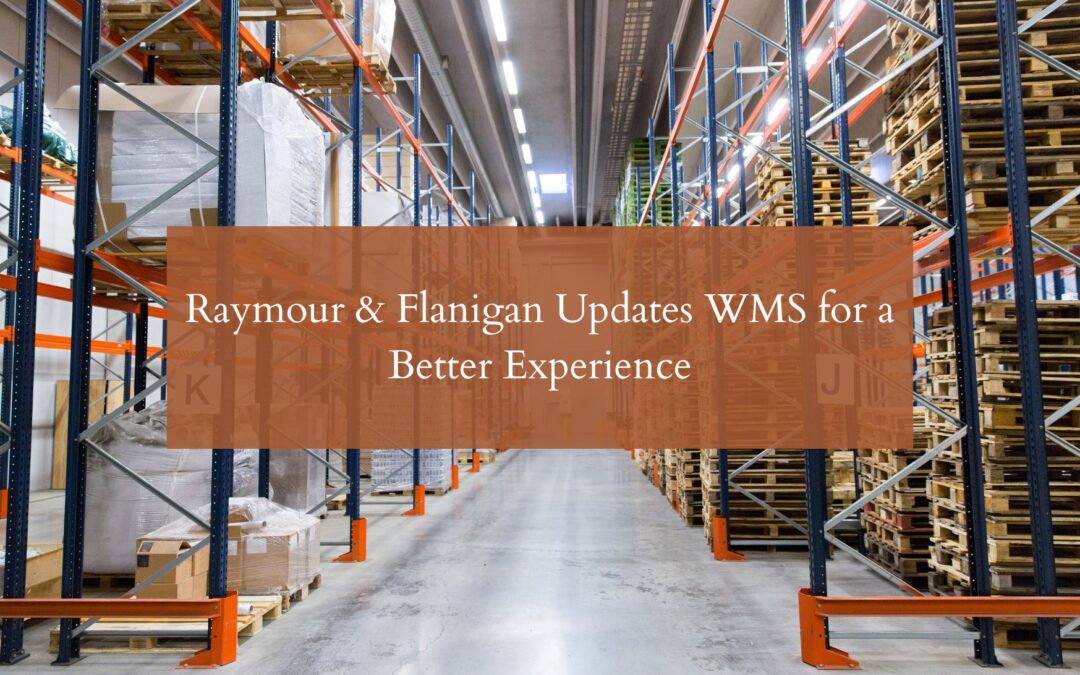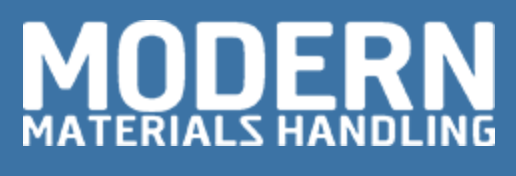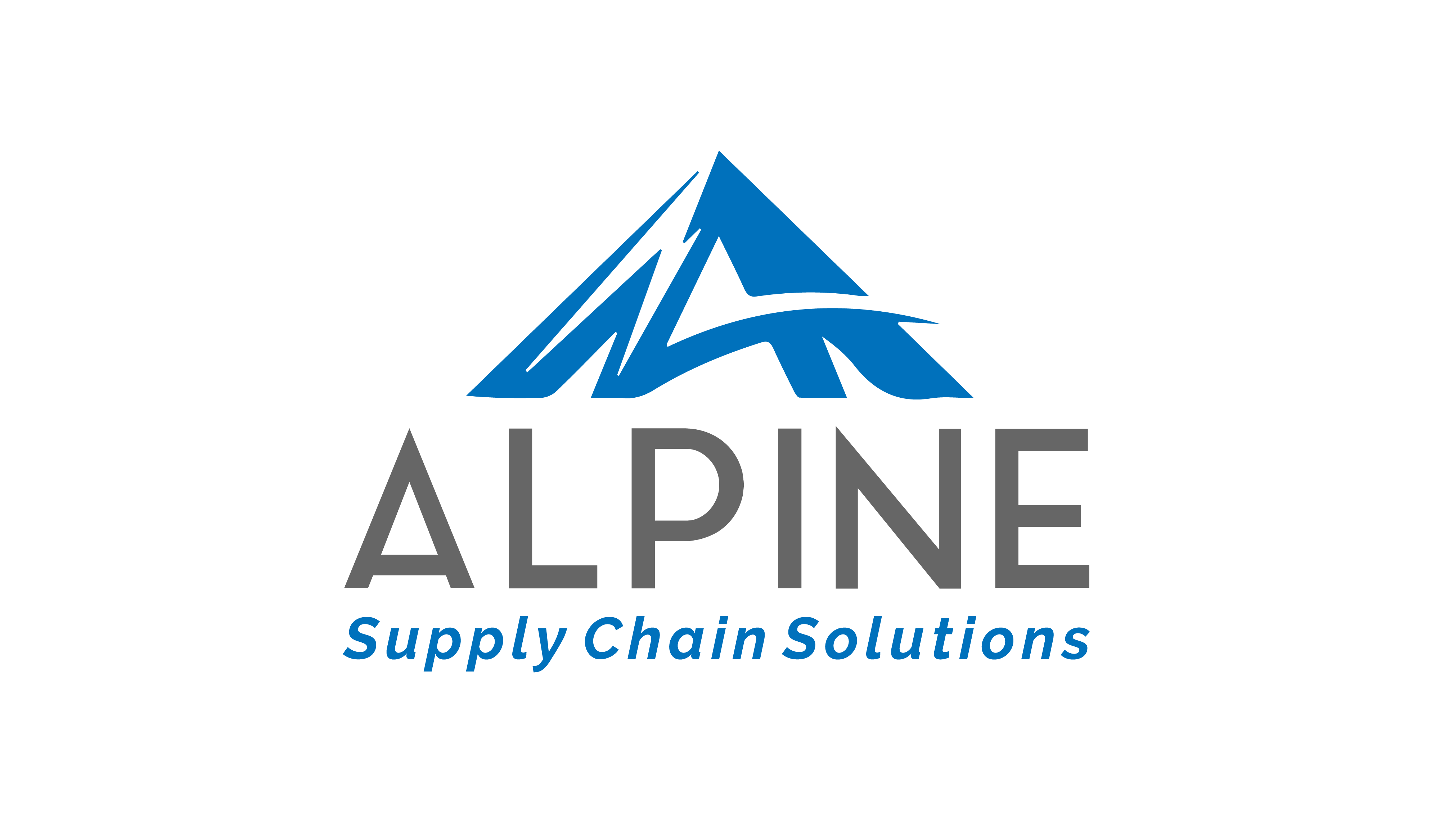
by Noelle Abarelli | Jun 13, 2023 | Alpine News Blog, Warehouse Consulting News
The Northeast’s largest mattress and furniture retailer, Raymour & Flanigan has been synonymous with exceptional quality and service for over 70 years. With four main distribution centers (DCs) and 22 forward DCs that ship furniture to customers, warehouse operations play a critical role in their success. That’s why when Raymour & Flanigan set out to revolutionize their warehouse operations, they partnered with Alpine Supply Chain Solutions for help. Learn how they are elevating the customer experience with cutting-edge WMS modernization.
The need
Raymour & Flanigan was working with multiple systems; a legacy best-of-breed WMS was being utilized in seven of its complex facilities, and a legacy ERP was being used in the rest. And while this approach provided high-quality fulfillment services to its customers, it was not always delivered efficiently. One clear example of inefficiency is how sometimes an item would pass through three different DCs before being delivered to a customer. Imagine how much happier the customer would be without all the unnecessary travel. Not to mention that certain putaway procedures were performed without visibility into downstream demand, which could present several challenges:
- Inefficient inventory management
- Poor supply chain coordination
- Inaccurate demand forecasting
- Increased lead times
- Ineffective production planning
- Reactive decision-making
- Customer dissatisfaction
There was a lot of room for improvement.
The process
Selecting a WMS is a large undertaking and one that requires due diligence. With a Best Practice Assessment (BPA) and Storage Type Analysis (STA), Alpine Supply Chain Solutions learned that a highly-adaptable WMS would be able to realize productivity improvements that would support Raymour & Flanigan’s future growth and success. With insight into current and future requirements, space utilization, safety, and flow, Raymour & Flanigan chose Körber Warehouse Advantage (WA) to serve as its new WMS. The system enables system-directed put-away and picking, opportunistic cross-docking, and increased storage capacity through better cube utilization and advanced processes. Another crucial factor in their decision was knowing WAs scalability and the ability to easily replicate the implementation process in multiple sites.
The result
To start, Raymour & Flanigan chose to roll out the Körber WA in one of their less complex warehouses. With this approach, they can better understand the system’s capabilities and features so they can implement exactly what they need when the time is right. The plan is to eventually have all 22 sites on the new system, with expected benefits of:
- Increased storage capacity
- Efficient inbound handling
- Opportunistic cross-docking
- Improved inventory visibility
- Picking efficiencies
- Loading accuracy
Raymour & Flanigan’s investment in Körber WA for WMS implementation aligns perfectly with their goals of enhancing productivity, reducing expenses, and eliminating tracking gaps. By embracing this solution, they are ready to unlock a new era of operational efficiency and customer satisfaction.
For more details on their selection process and journey, visit Logistics Viewpoints. If you’re looking for optimal solutions that drive maximum value to get the most out of your supply chain, Alpine Supply Chain Solutions can help. Reach out today!

by Alpine Supply Chain | Nov 19, 2020 | Supply Chain Consulting, Warehouse Consulting News
Five questions with Bradley Steger, the newest member of Team Alpine
Q: Why did you decide to join the Team Alpine?
A: There are several reasons I joined Alpine. First off, I’ve known Alpine’s founder, Michael Wohlwend for a long time, and I admire his knowledge and leadership. Next, my background in the supply chain aligns well with what Alpine is doing. I look forward to helping Alpine’s customers and partners move their businesses forward. Finally, who doesn’t want to work in supply chain right now? It is an incredibly dynamic place to be and it will be for the foreseeable future!
Q: What were you doing before you joined Alpine?
A: I was semi-retired and focused on spending time with my family and getting caught on many things that had been second priority to my career. Prior to that, I spent 30 years working in supply chain management with a focus on warehouse management; software mergers, acquisitions, and divestitures; and program/project management.
Q: What professional accomplishments are you most proud of?
A: I’ve blazed a lot of unchartered territory. Throughout my career, I was frequently assigned to lead many ‘first-ever’ projects, including the production of Catalyst’s first annual plan, Agilent’s first Sarbanes Oxley certification, and Aptean’s first acquisition. I’m proud that I’ve been able produce results without a roadmap or template, and that I’ve always tried to take in account the most important thing for every company – its employees.
Q: Why do you do what you do?
I think there are a lot of exciting opportunities out there in the supply chain. An aging population means new things for the pharmaceutical industry and the ever-changing retail landscape presents new challenges for retailers and food and beverage manufacturers. I really enjoy making the people around me successful – fellow employees, customers, and partners.
Q: Tell us a bit about who you are outside of work.
I’m married and have two sons, ages 13 and 11. They keep us busy with their sports, including soccer, basketball, and volleyball. We try to spend as much time as possible at our vacation homes in Colorado and Northern Wisconsin. If I have any free time, I like to get outside for some birding.

by Alpine Supply Chain | Jun 26, 2020 | Supply Chain News, Warehouse Consulting, Warehouse Consulting News
Modern Materials Handling article by Bob Trebilcock is good round up of the supply chain industry’s response to Covid-19 amid a lack of concrete guidelines.
As the economy begins to recover, distribution center operators will be challenged with not just operating efficiently, but safely. Emerging technologies may aid in the effort.
“Our industry has always looked for solutions to operate in an efficient and cost-effective way; now, it will also struggle with new issues related to preventing the spread of a virus—either Covid-19, or whatever is around the bend. They will largely be on their own: As of this writing, the CDC guidelines for re-opening businesses were polite suggestions, not prescriptions. What’s more, while we know lawsuits will be filed by employees who test positive for the virus after we all return to work, we don’t yet know whether those claims will be governed by OSHA and worker compensation or the courts. The message is essentially:
Get back to work, and good luck.
If there is light at the end of the tunnel, it’s that some potential solutions are coming to market from materials handling technology providers. Make no mistake: This is an emerging area, and there’s no guarantee any of these solutions will create the bullet-proof, safe operating environment we will all strive for. Nor is this a comprehensive list: New emails are showing up in our inbox daily. But, the following companies are developing solutions for plants and DCs around screening, workplace social distancing and finally, contact tracing should an associate test positive. They, or their competitors, may be worth investigating as you look to create your own safe working environment.”
A first step to a safer workplace is to create basic processes around cleaning, disinfecting, scheduling and, perhaps most importantly, what to do if an associate tests positive. Michael Wohlwend, managing principal with Alpine Supply Chain Solutions, relates the story of a client who had to shut down a warehouse for two weeks following a positive Covid case. “While they were cleaning and sanitizing the facility, every team leader was on the phone with suggestions for new procedures that would give the team the confidence to come back to work,” Wohlwend recalls. “It was a real wake up call.”
Just as important as the new procedures, which might vary from one facility to the next, is the ability to enforce them and demonstrate that they were followed if needed. To that end, Alpine worked with Procurant, a California-based technology company, to develop a phone app for auditing workplace procedures. It is created on a Cloud-based food safety tool that Procurant developed for tracking and tracing in the agricultural supply chain.
“You can set up as many checklists as you need, and then create a time stamp when tasks are completed,” Wohlwend says. “At the end of the day, you can create reports of what was done, who did it, when they did it and any corrective actions that were taken.” Training videos can be accessed using the tool for easy access, and alerts can be e-mailed or texted to individuals who need to be contacted. “If a person tests positive, you now have a checklist of what you need to do, and you can produce an audit trail of what was done,” Wohlwend says.

Bob Trebilcock
About Bob Trebilcock, editorial director, has covered materials handling, technology, logistics and supply chain topics for nearly 30 years. In addition to Supply Chain Management Review, he is also Executive Editor of Modern Materials Handling.





